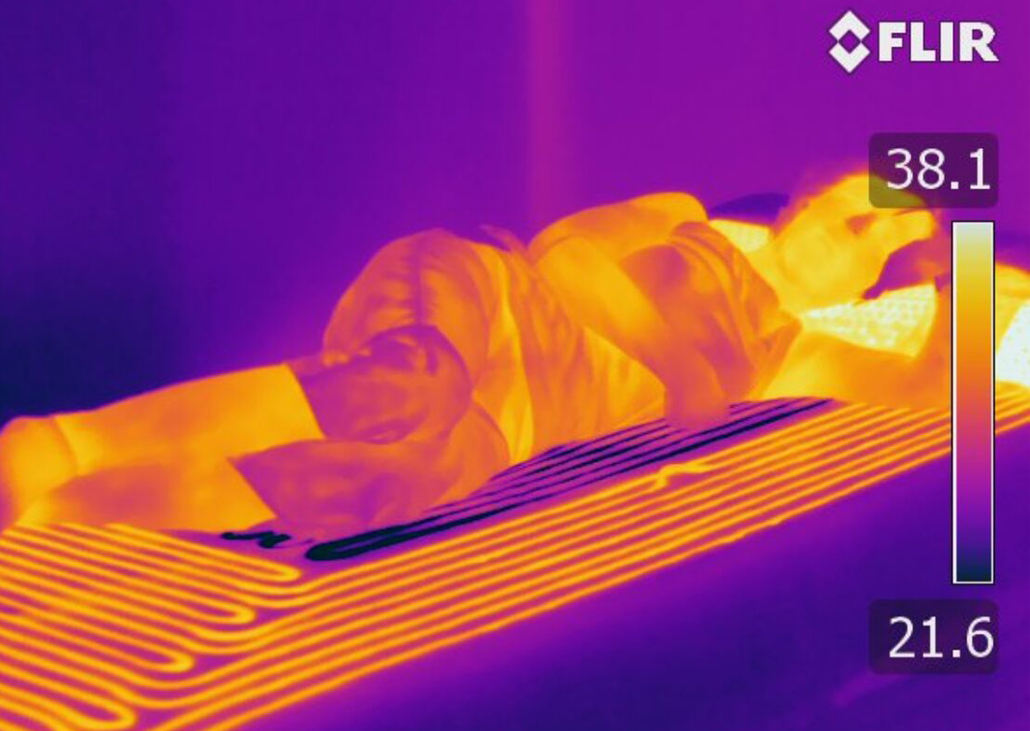Bioengineers at the University of Texas in Austin, USA, have developed a sensory heating and cooling mattress and pillow system that can help people fall asleep.
It is designed to manipulate bodily temperatures through sensors connected to the skin.
Research fellow at Harvard Medical School’s Division of Sleep Medicine and Brigham and Women’s Hospital, Shahab Haghayegh, says it facilitates the readiness to fall asleep by manipulating internal body temperature-sensitive sensors. When this natural thermostat is briefly adjusted, the body thinks the temperature is higher than it actually is.
Haghayegh helped lead the project while earning a PhD in biomedical engineering.
The pillow acts as a primary sensor for monitoring the bodily thermostat, and works with the mattress to alternatively cool and heat parts of the body.
In a proof-of-concept study published in the Journal of Sleep Research, the researchers explored using both water and air to manipulate the core body temperatures. In the testing process with 11 subjects, it was found the subjects fell asleep approximately 58 per cent faster than usual when using the heating/cooling mattress. It was also reported the subjects experienced a better quality of sleep.
The concept first appeared in a study in 2019, when Professor Kenneth Diller from the Cockrell School of Engineering published a paper about the benefits of taking a warm bath before bed.
While this project is similar, it targets specific bodily sensors that control heat dissipation.
Diller says its remarkable how effective gentle warming along the cervical spine is in sending a signal to the body to increase blood flow to the hands and feet to lower the core temperature and precipitate sleep onset.
“This same effect also enables the blood pressure to fall slightly overnight, with the benefit of allowing the cardiovascular system to recover from the stress of maintaining blood flow during daily activities, which is highly important for long-term health,” he says.
The team has a patent for the technology and is seeking partnerships with mattress companies to try and commercialise the concept.
Feature image courtesy of the University of Texas.



Leave a Reply